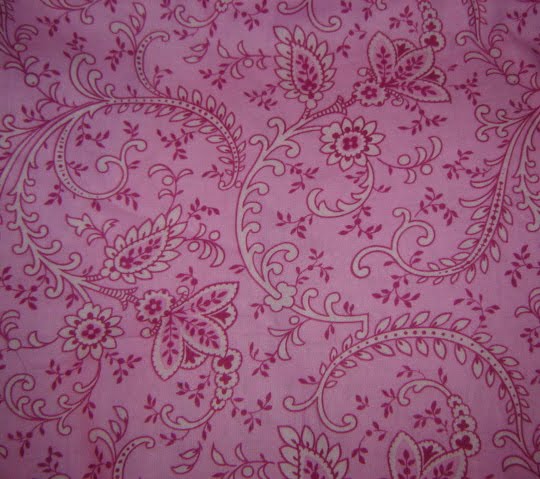My little monkey is still learning what a cow says and how to use a spoon, so we're not to the "why?" stage yet. If you are and can't remember back to grade-school history, here's some handy information about St. Patrick's Day. Arm yourself for the moment when she asks, "but whyyy am I wearing a green shirt today?"
Modern Symbols and Celebrations
- March 17th marks the 5th-century death of St. Patrick
- the Irish have observed the holiday for over 1,000 years - the day begins with a morning church service and an afternoon at home of drinking, dancing and feasting on bacon and cabbage
- corned beef became a modern-day tradition when it was substituted for bacon to save money at the turn of the 20th century in NY's Lower East Side
- the shamrock is a sacred plant symbolizing the rebirth of spring; the Irish began wearing shamrocks to show their pride and opposition to England's religious and cultural oppression in the 17th century
- as part of Irish belief in fairies, leprachauns were mischeivous, cranky cobblers who guarded their treasures; the Irish never related them to the holiday
- not until Disney's release of Darby O'Gill & The Little People in 1959 were leprachauns, shown as cheerful and friendly, associated with the celebration
- the first St. Patty's parade took place in New York in 1762 when Irish soldiers serving in the English military marched through the streets to reconnect with their roots
- the city of Chicago began coloring the Chicago River green in 1962 - the tradition of releasing vegetable dye into the water began as an effort to trace illegal sewage discharges...yummy
- St. Patrick was the British-born son of a Christian deacon
- his family's estate was raided by Irishmen who brought him back to their homeland where he spent 6 years in captivity working as a shepherd
- after God spoke to him in a dream, Patrick was able to escape and walked 200 miles to the Irish coast, returning to Britain
- Patrick spent the next 15 years becoming an ordained minister because a vision of an angel told him to return to Ireland as a missionary
- Patrick was very successful at converting the Irish since he used knowledge of their nature-based pagan worship to incorporate fire into the celebration of Easter and the sun into the cross symbol, creating the modern-day Celtic cross
- though the legend goes that St. Patrick introduced Christianity to Ireland, historians believe there were Christian communities already established in the country when he returned as a missionary
St. Patrick's Day Countdown



No comments:
Post a Comment